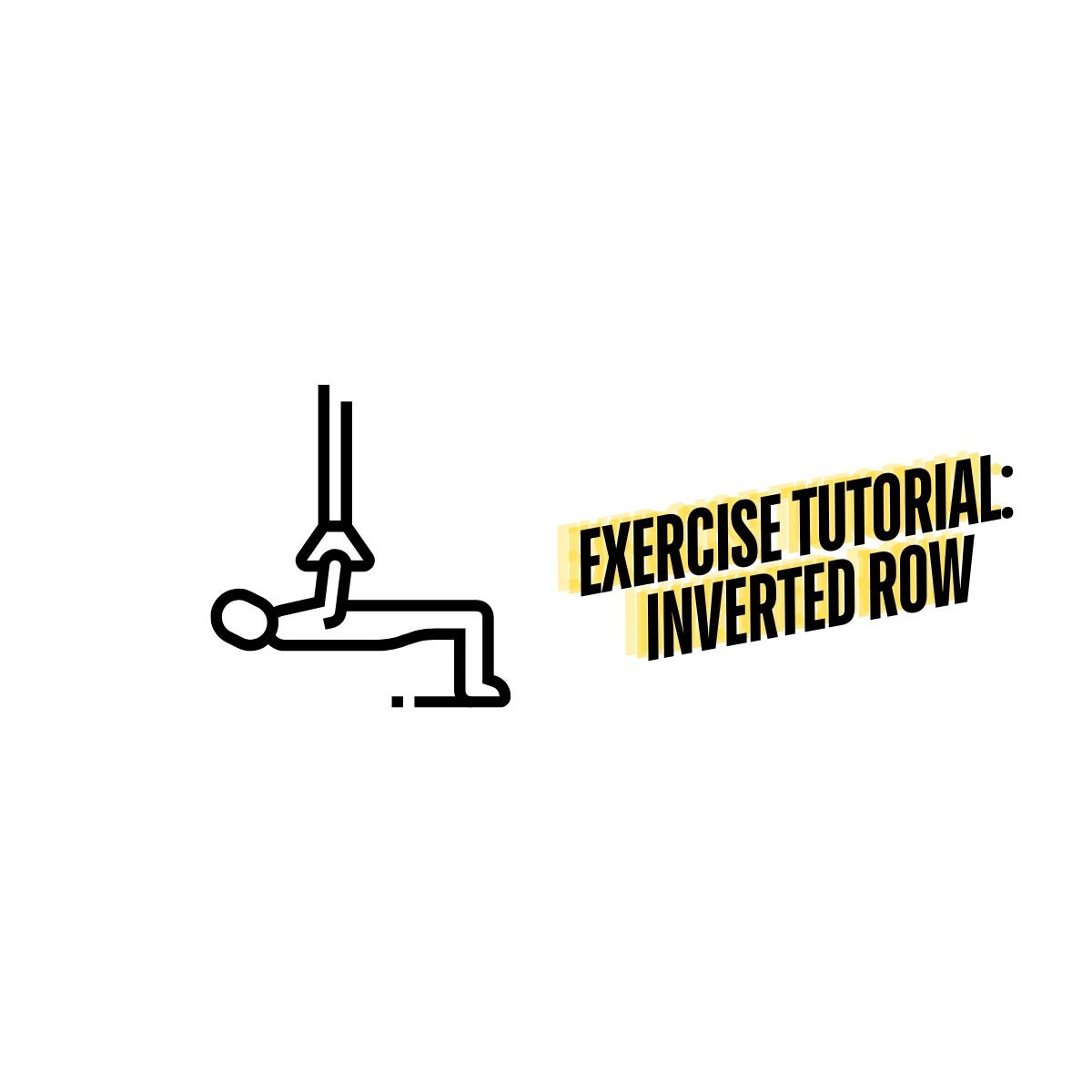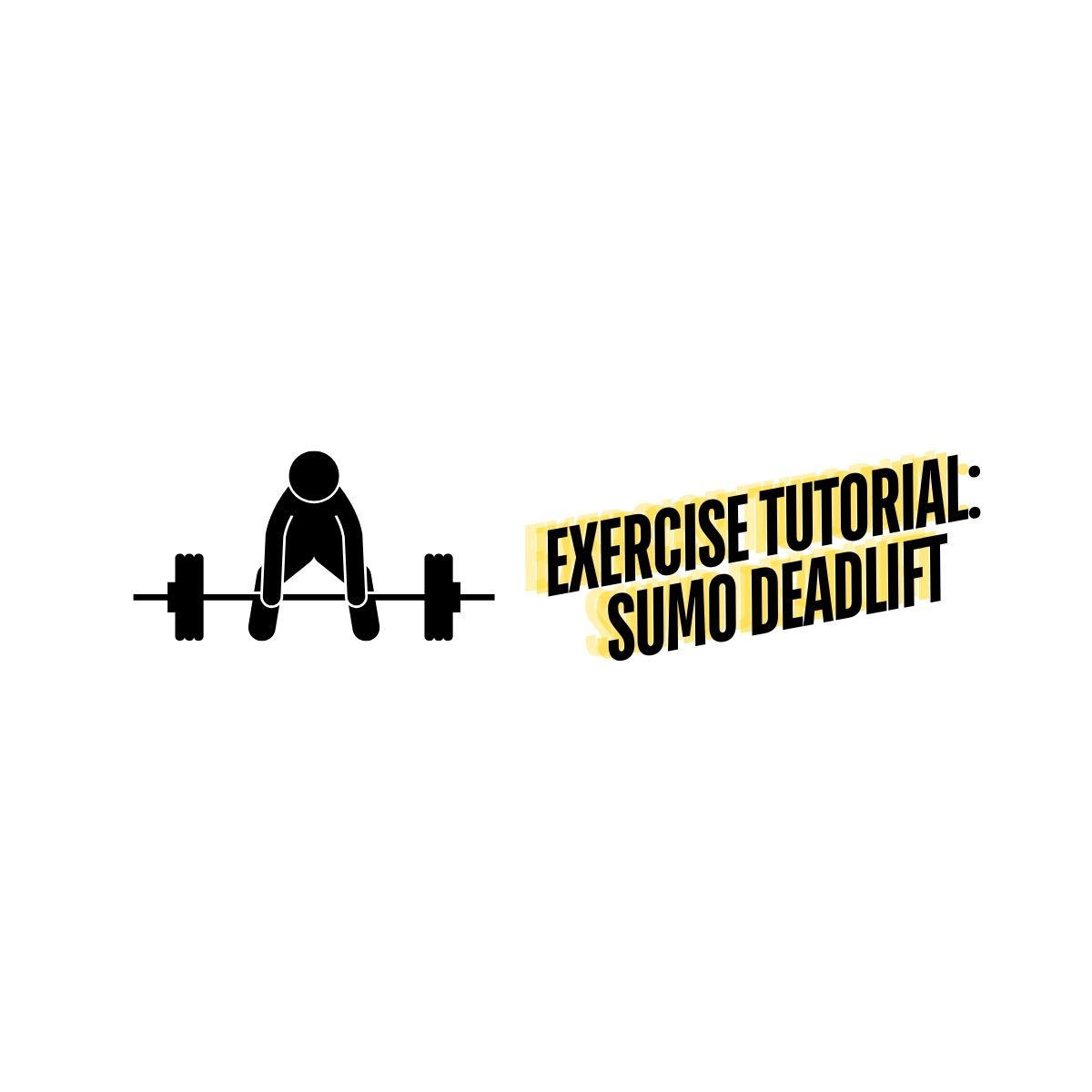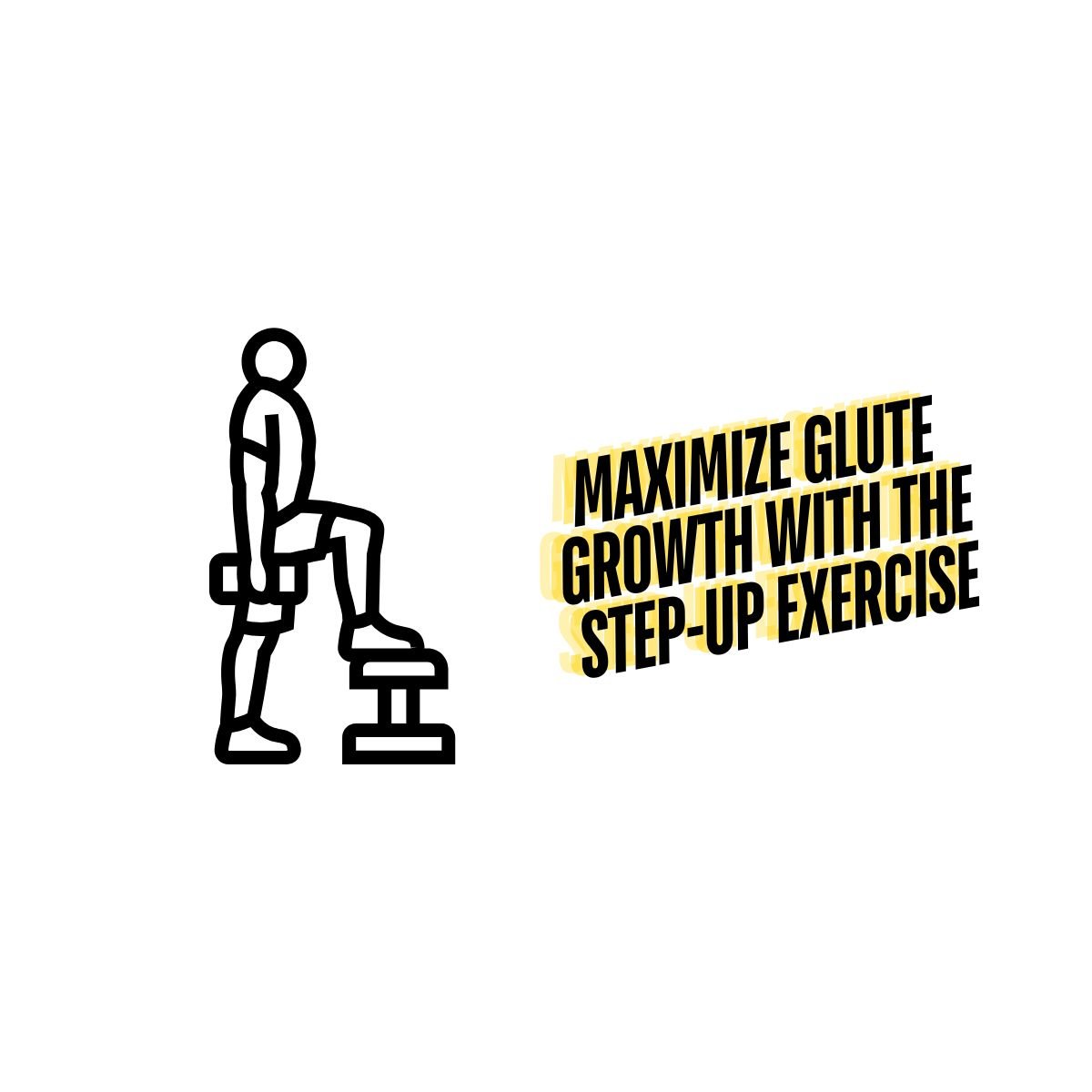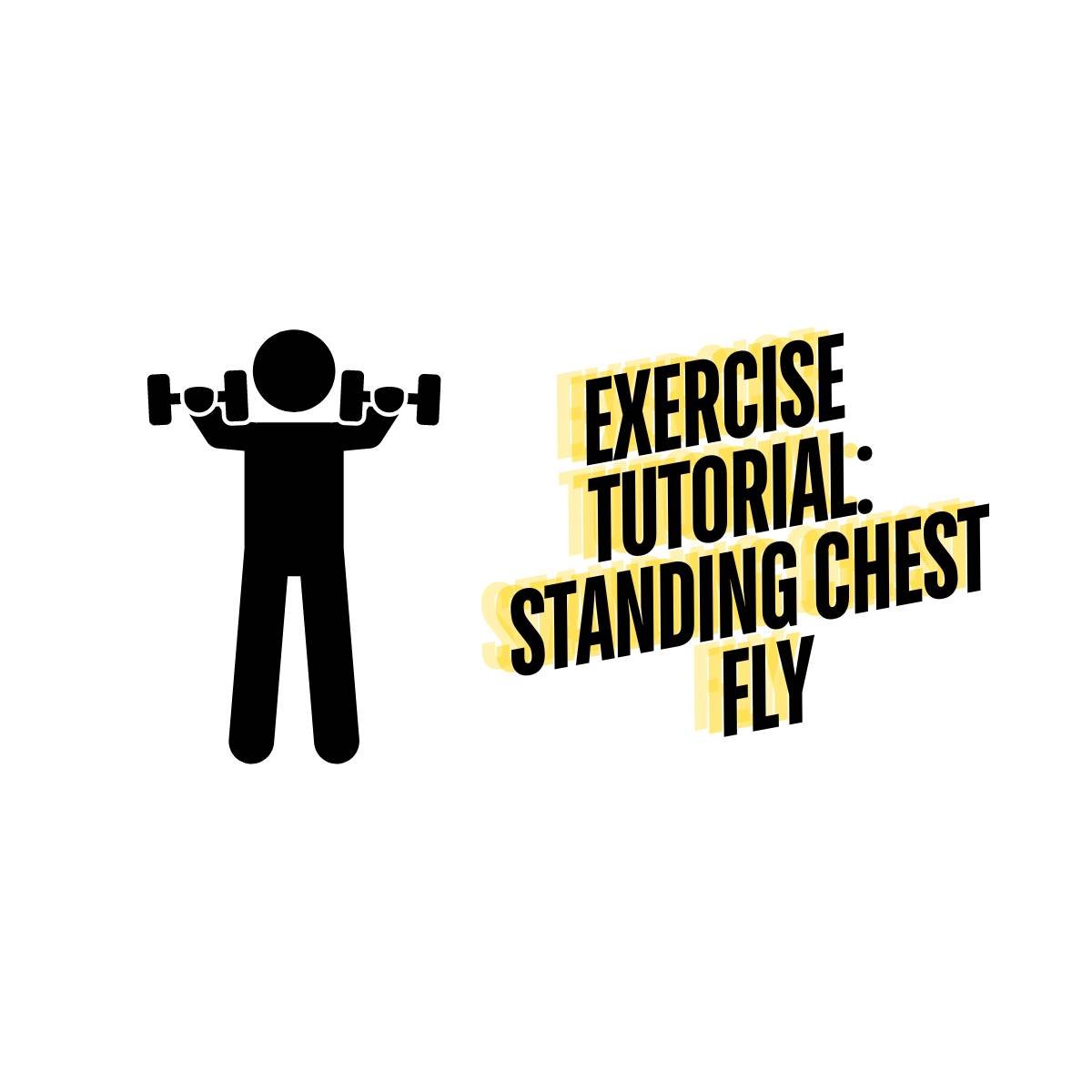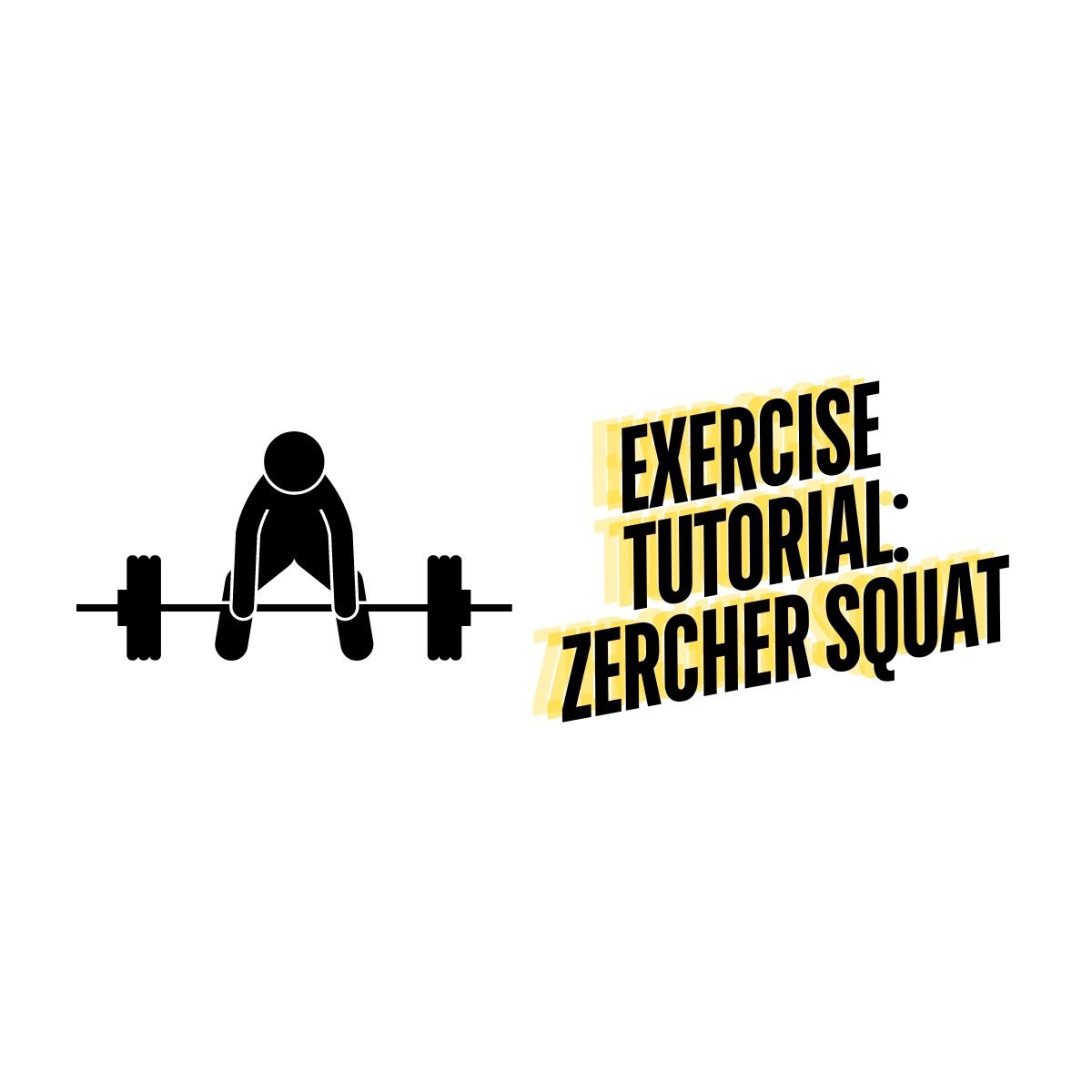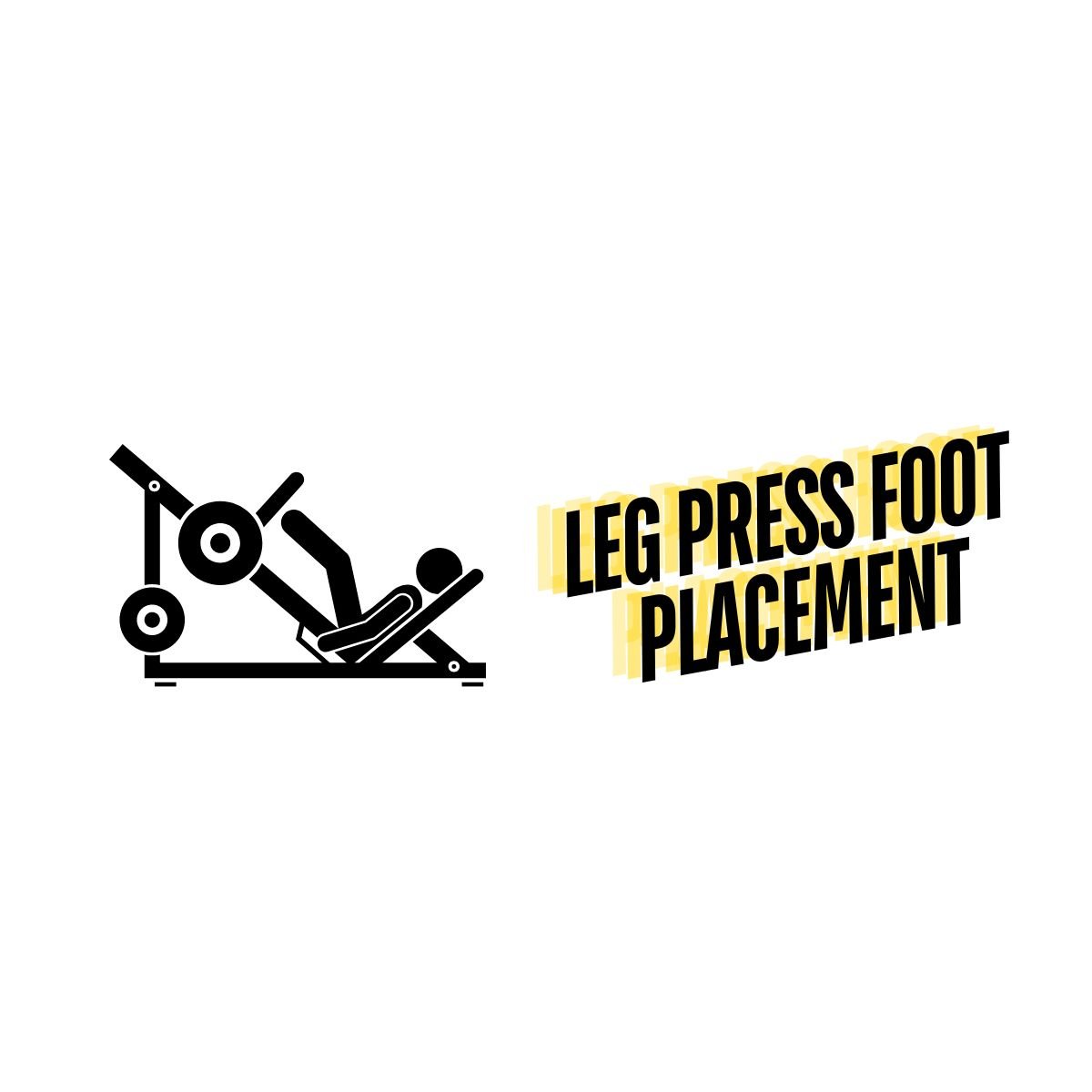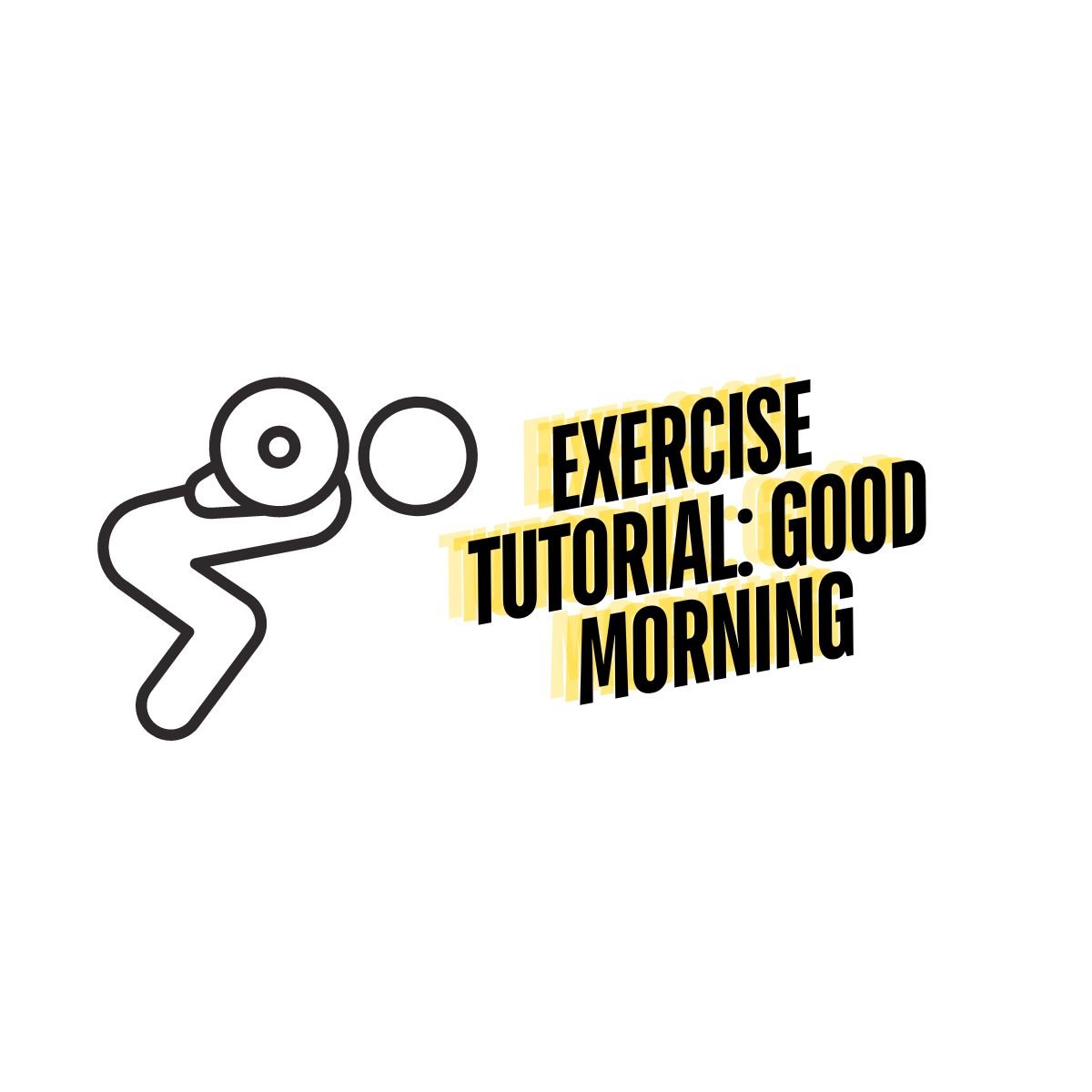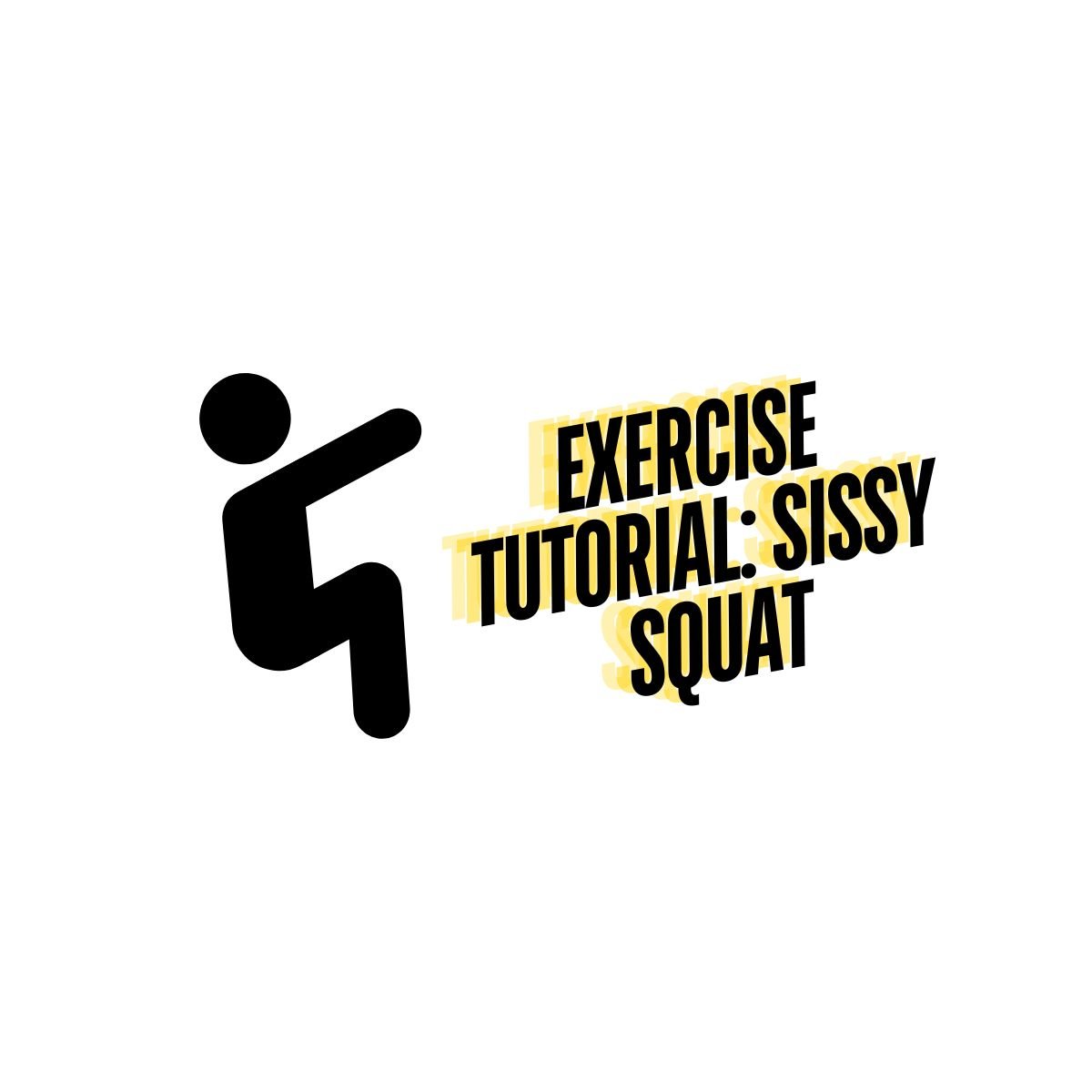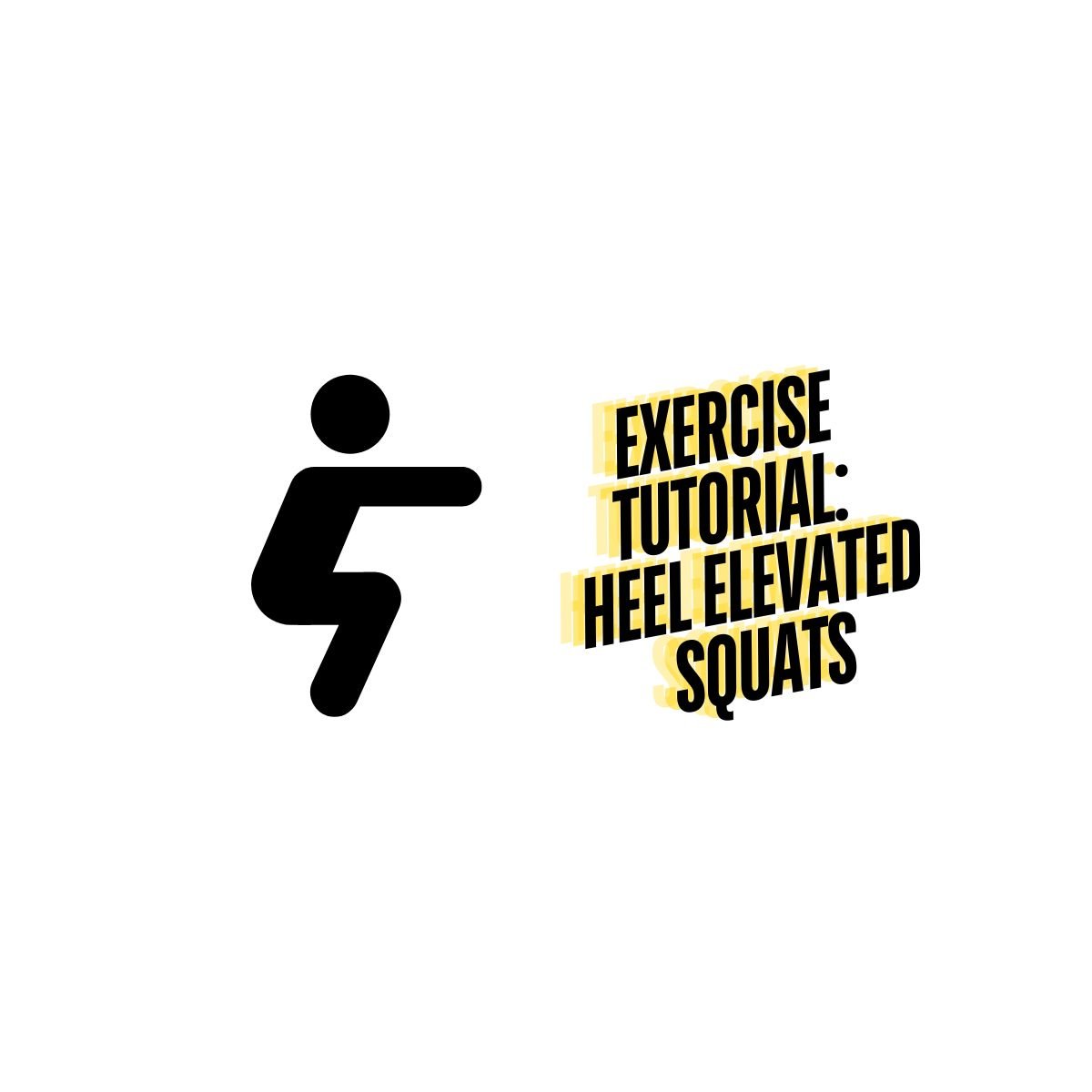Body Movements: Hinge Joints
Table of Contents
What Are Hinge Joints?
Hinge joints refer to joints that only have one degree of freedom, permitting flexion and extension. Examples include elbows, knees, and fingers, all of which move like a door hinge. The hinge joint is a type of synovial joint which is the primary joint for movement and function.
Structure of Hinge Joints
Bones Involved
Humerus, ulna, and radius (elbow)
Femur, tibia, and patella (knee)
Phalanges (finger and toe)
Ligaments
Collateral ligaments: prevent sideways movement in the elbow and knee.
Cruciate ligaments: prevent forward and backward movement in the knee.
Cartilage
A smooth, flexible tissue that covers the ends of bones in a joint. It reduces friction and absorbs shock during movement. In hinge joints, articular cartilage ensures smooth and pain-free motion.
Synovial Fluid
A viscous liquid found within the joint capsule that lubricates the joint, reducing friction and wear between the bone surfaces.
Key Hinge Joints in the Human Body
Elbow Joint
The elbow joint allows the forearm to flex and extend. It is crucial for movements like lifting, pushing, and pulling.
Knee Joint
The knee joint is the largest hinge joint in the body. It allows for the flexion and extension of the leg, essential for walking, running, and jumping.
Finger and Toe Joints
The hinge joints in the fingers and toes facilitate flexion and extension, enabling precise movements and grip.
Movements of Hinge Joints
Flexion
Flexion is the bending movement that decreases the angle between the bones at a joint. Examples include bending the elbow or knee. Think of a bicep curl where you are trying to lift the dumbbell up.
Extension
Extension is the straightening movement that increases the angle between the bones at a joint. Examples include straightening the elbow or knee. Think of a time when you were standing up from your chair by extinguishing your knee joint.
Functions and Importance of Hinge Joints
Mobility
Hinge joints enable a range of movements that are essential for daily activities, from walking and running to lifting and grasping objects.
Strength
These joints bear significant weight and forces during movement and contribute to overall body strength and power.
Stability
Hinge joints only have one plane of motion supported by ligaments and muscles, providing stability and preventing dislocations and injuries.
Common Issues and Injuries
Sprains and Strains
Sprains involve stretching or tearing of ligaments, while strains involve an injury to muscles or tendons. These injuries can result from sudden movements, overuse, or excessive force.
Arthritis
Arthritis, particularly osteoarthritis, involves the breakdown of cartilage, leading to pain, inflammation, stiffness, and reduced mobility in hinge joints.
Bursitis
Bursitis is the inflammation of the bursae, small fluid-filled sacs that cushion the joint. It often results from repetitive motion or prolonged pressure. Elbows are the most affected hinge joint for bursitis.
Tendonitis
Tendonitis is the inflammation of tendons, often due to overuse or repetitive stress, causing pain and swelling around the joint.
Maintaining Healthy Hinge Joints
Exercise Regularly
Regular exercise, including strength training, cardiovascular activities, and flexibility exercises, helps maintain joint health and functionality. They also strengthen the supporting muscles and improve bone health.
Maintain a Healthy Weight
Keeping a healthy weight reduces stress on hinge joints, particularly the knees, preventing accelerated wear and tear.
Practice Proper Technique
Using proper techniques during physical activities and sports can prevent joint injuries and overuse.
Stay Hydrated
Hydration is essential for maintaining the health of cartilage and synovial fluid, ensuring smooth joint movement.
Conclusion
Hinge joints allow for the movement flexion and extension only. The knees, elbows, toes, and fingers are all examples of hinge joints, which play a crucial role in our daily functioning and exercise performance. Understanding how to maintain their health will help you prevent injuries and have autonomy in exercise and performance.



